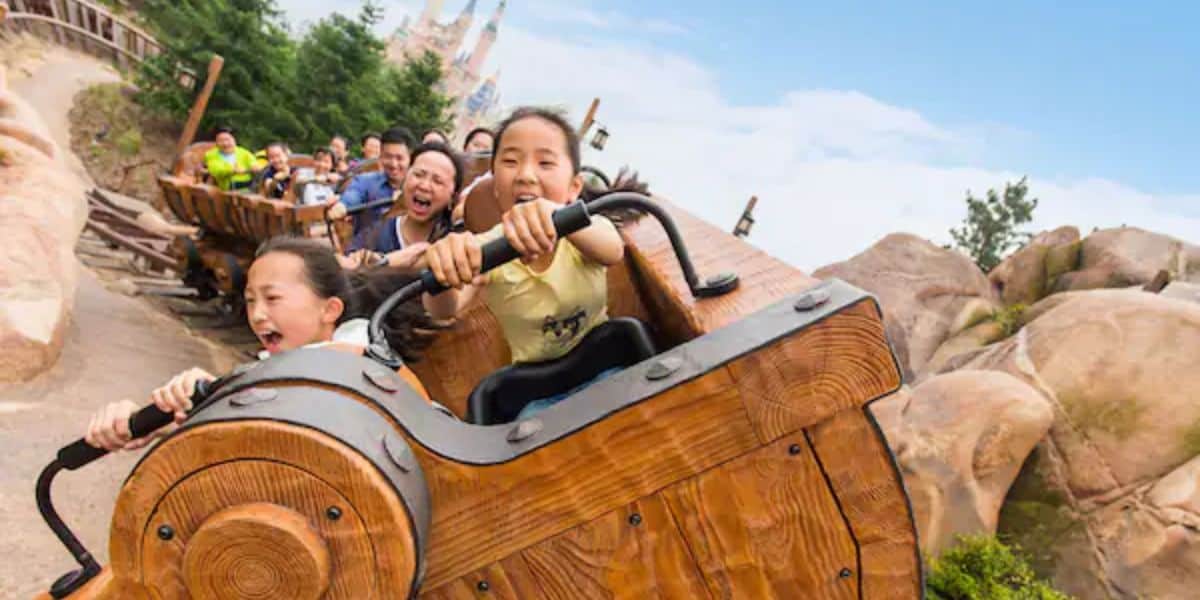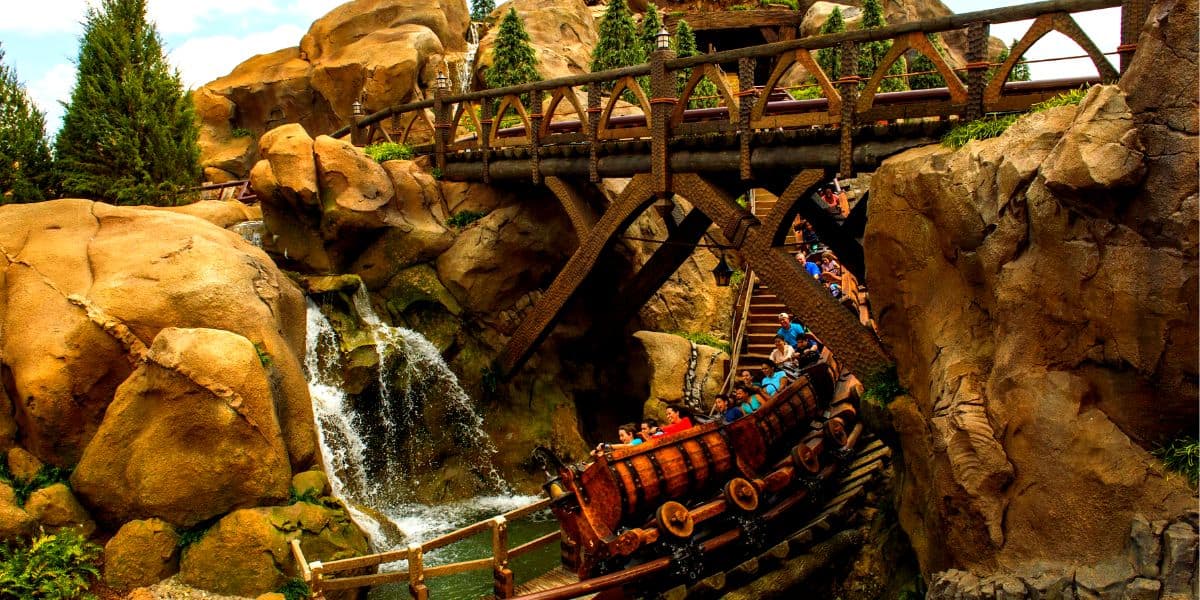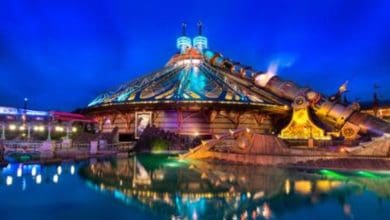Current State of Lightning Lane Pricing
Disney World has embraced the Lightning Lane system as a crucial element of the visitor experience, making it almost indispensable for vacationers. Under a dynamic pricing model, the cost of Lightning Lane passes fluctuates based on anticipated crowd sizes.

For instance, the price increases during peak seasons, while it decreases during quieter times. In October, Disney raised Lightning Lane prices, preparing for the Halloween season and upcoming long weekends. Despite these price hikes, guests continue to invest in the Lightning Lane to minimize wait times and enhance their Disney World experience.
Guests’ demand for Lightning Lane access is evident, as many see it as essential for maximizing their time at Disney World. Whether it’s a weekend getaway or a week-long family trip, the convenience of skipping long lines often outweighs the cost for many visitors. This mounting reliance on Lightning Lane underscores its significance for the overall operation of Disney World.
Issues with Individual Lightning Lane
A prominent concern within the Lightning Lane structure revolves around the Individual Lightning Lane pricing for the Seven Dwarfs Mine Train. Charging between $12 and $16 to skip the line for a ride that lasts only about three minutes has disappointed guests. Many question the fairness of such pricing, especially when juxtaposed with other major attractions in the park.

Attractions like Tron: Lightcycle/Run or Guardians of the Galaxy: Cosmic Rewind attract significant guest interest and justify the Individual Lightning Lane costs. On the contrary, Seven Dwarfs Mine Train lacks similar appeal and is less of a marquee attraction.
Comparatively, rides like Test Track at EPCOT, included in the Multi Pass options, have longer ride durations and are more consistently favored by guests. The disparity in pricing and ride experience leaves visitors feeling that the Individual Lightning Lane for Seven Dwarfs Mine Train is an unjustified extra cost.
This pricing model has repercussions for the overall guest experience. With many relying on Lightning Lane, the increased prices can lead to frustration and a feeling that Disney’s magic is being overshadowed by commercial interests.
Proposed Changes for Improvement
To address these concerns, integrating the Seven Dwarfs Mine Train into the standard Lightning Lane offerings could be beneficial. This would place it alongside other major attractions within the park. By doing so, Disney would enhance the guest experience by reducing costs and improving ride accessibility.
Moreover, this integration could lead to a more efficient flow of guests, preventing overcrowded lines.

The advantages for visitors are clear: lower costs for accessing popular rides and a once-competitive lightning solution that now promotes quicker waits. However, since Disney operates in a profit-focused industry, such changes might impact their revenue from Lightning Lane purchases. Nevertheless, improving guest satisfaction could justify the trade-off.
The Broader Implications for Disney
Balancing guest experience with revenue generation remains a significant challenge for Disney. The theme park industry is observing a trend towards improving guest services while maintaining profitability. If guests feel marginalized by overpriced attractions, Disney risks alienating its base.

As the competition among theme parks intensifies, adapting the Lightning Lane model to be more inclusive while still driving profits could be necessary for Disney World’s future success. Visitors increasingly seek value for their money, and enhancing the experience could foster loyalty and repeat visits. Ultimately, addressing the Lightning Lane pricing and structuring it more favorably for guests may improve their satisfaction and solidify Disney World’s reputation as a place where magic and enjoyment still hold.





